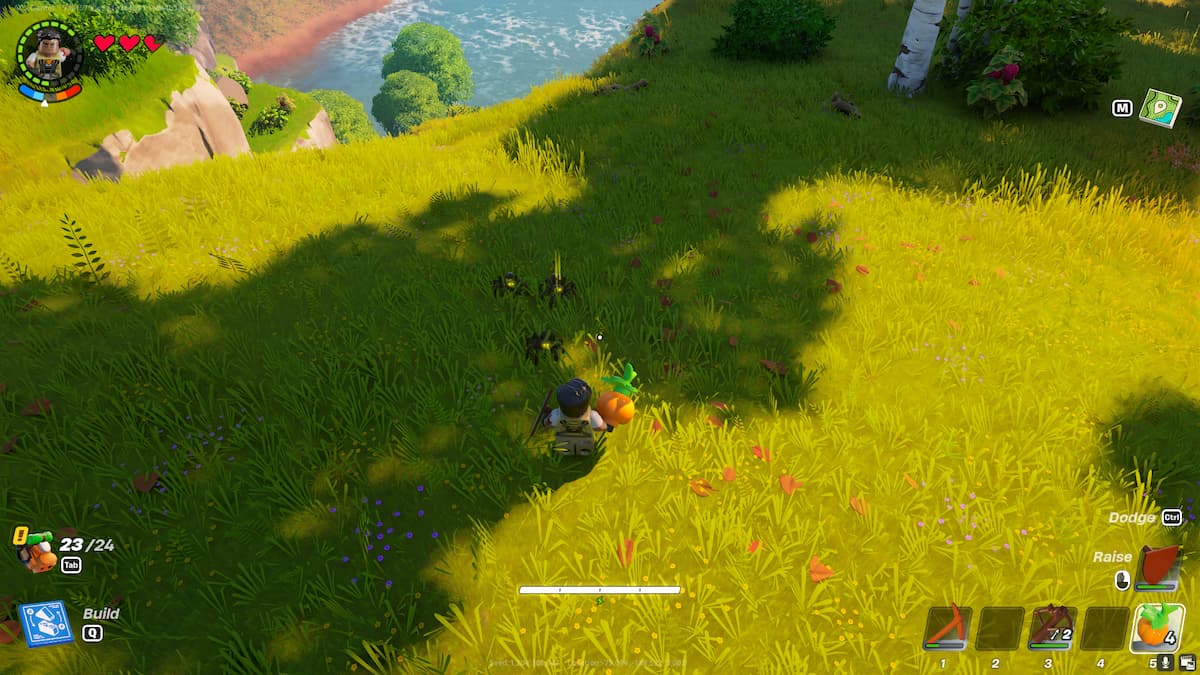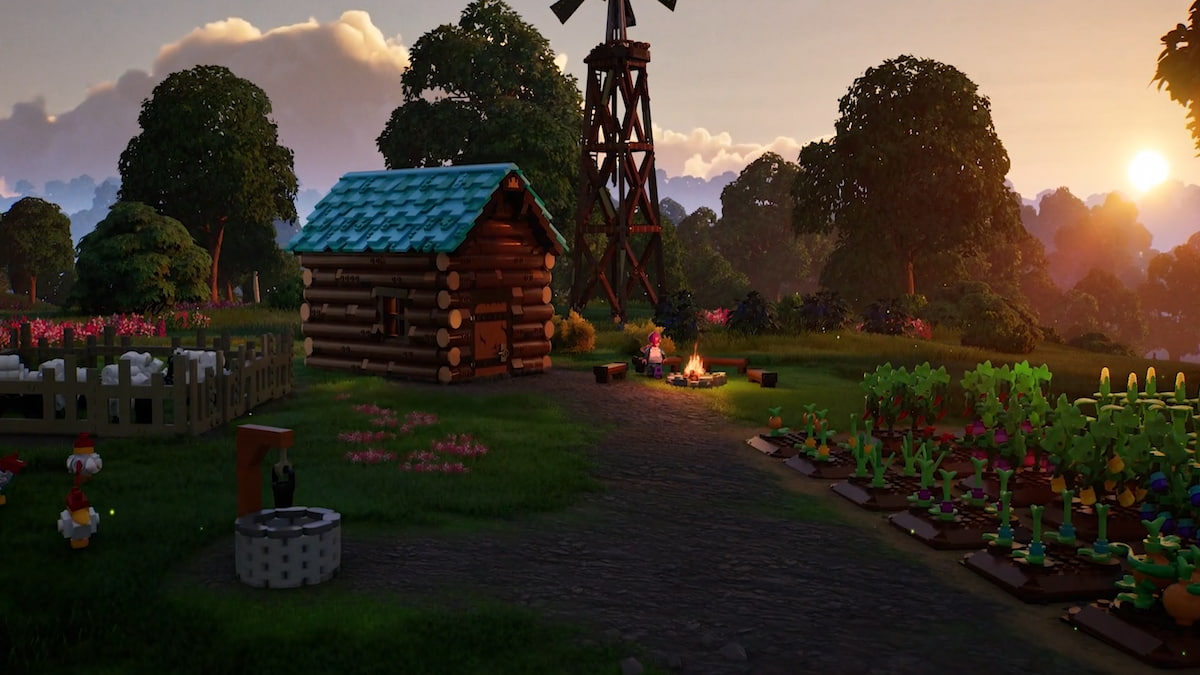
www.pcinvasion.com
How to finish The Flying Metal Nuisance quest in Disney Dreamlight Valley
If you want to befriend EVE and continue the Rift in Time story‚ you’ll want to know how to finish The Flying Metal Nuisance quest in Disney Dreamlight Valley.
While playing through the main quest for the Rift in Time DLC‚ you’ll soon come across this quest that has Jafar ask that you deal with this ‘metal nuisance’. Here’s how to complete it. Disney Dreamlight Valley: The Flying Metal Nuisance quest guide Your first step is to actually find this ‘flying metal nuisance’‚ who just so happens to be EVE from WALL-E. Jafar upgrades your Pickaxe so it can break Copper‚ which will come in handy. Head to the western side of Ancient’s Landing where the wooden bridge is located‚ and break the Copper rocks blocking your way. Past there you should see EVE floating.
Screenshot: PC Invasion Speak with EVE‚ then head back to Jafar at any Hologram Station without the Royal Hourglass you’re trying to get fro...













